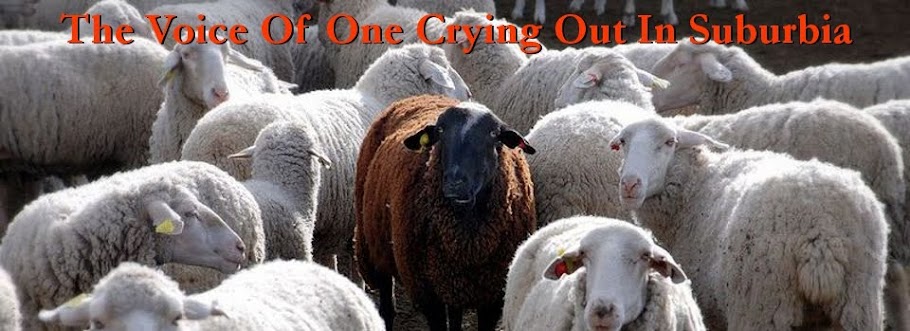So how are American workers doing these days? Not great. Unemployment is down but workforce participation which looks at people who are involved in the workforce by either working or looking for work is at an awful level. From U.S. News & World Report:
There are more job openings available in America today than at any point since the Bureau of Labor Statistics first started tracking vacancy data back in December 2000. Yet the percentage of adult Americans working or actively looking for a job stands at 62.6 percent, the lowest level in nearly four decades.
....
The U.S. economy has created 11.5 million new jobs during the last 57 consecutive months of domestic labor force expansion. And there were nearly 5.4 million open jobs at the end of May – more than twice as many vacancies as there were six years ago.
And yet Americans are actually trickling out of work at an alarming rate. The country's labor force participation rate – which measures the share of Americans at least 16 years old who are either employed or actively looking for work – dipped last month to a 38-year low, clocking in at an underwhelming 62.6 percent.What is up with that? Not only that but the jobs being "created" are not the equivalent of those being vacated, as skilled workers from the Baby Boomer generation leave to be replaced by low wage, low skill service industry workers. The same report also points to a more than 50% increase in the number of people in college (4 year schools) as well as a doubling of people on Social Security disability from 2000 to the 2010 high of 2.9 million. Almost 3 million adults on "disability" and a huge number of kids in college who have no business being there and saddling themselves with no marketable skills and tends of thousands in unsecured debt equals bad news.
The college thing is really an issue. As former Dirty Jobs host Mike Rowe says:
“We’re lending money we don’t have, to students who can’t pay it back, to educate them for jobs that no longer exist. That’s nuts.”The problem is not a lack of jobs. There are plenty of good jobs. The problem is a) workers without skills needed in the workforce (and not many jobs require a survey course in Renaissance art) and b) sadly a lot of workers without motivation. If you want a good job in this country, you can get a good job in this country. In fact it is so bad that, according to a report I heard on NPR today, prisoners are learning to weld and getting great jobs when they get out, something that has long been a problem for recently paroled inmates. From Amid A Shortage Of Welders, Some Prisons Offer Training (emphasis mine):
America needs more welders — and soon. Baby boomers with the skill are retiring and not enough young people are replacing them.
In the '80s, when Flashdance brought us Alex the welding woman who really wanted to be a ballet dancer, America had well over half a million welders. Welding was hot. Today, there are about 40 percent fewer welders.
The American Welding Society estimates there will be a shortage of nearly 300,000 welding-related positions by 2020.300,000 good paying jobs sitting empty because no one knows how to weld. Our local community college offers a 2 semester program in welding technology and that leads to a career in welding. A recent high school grad can spend a year in school learning to weld and before his classmates from high school start their sophomore year of college, 20 pounds heavier and $20,000 in debt, he or she is making good money in an honorable and valuable position. Democrats are proposing making community college "free" (although someone is paying, believe me) the average kid can get into a welding career for not much money and pay back any debt they might pick up before a college kid graduates.
I am absolutely encouraging my kids to explore other options beyond just "Elementary School-Middle School-High School-College-Now What?". If you have kids, you should as well.
The state of the American worker today is not great but it is not hopeless. We need to reduce the incentives for people to leave the workforce (i.e. welfare of various kinds). We need to encourage kids in high school to think beyond just college and start seeing high school as a place to learn a trade instead of only a stepping stone to college. As Gardner Carrick said in the NPR story:
"We made the decision that all kids should go to college and as a result you saw the elimination of a lot of the technical programs at the high school level," he says.Precisely. Finally we need to stop seeing blue collar jobs as a political football and start thinking of it as a worthwhile, foudnational part of the American economy. The state of the American worker on Labor Day 2015 has a lot of promise but not if we keep thinking like we have been.


No comments:
Post a Comment